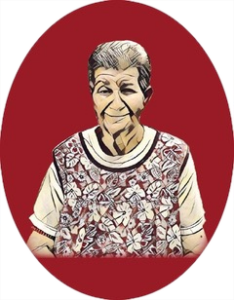It is stressful enough caring for an elderly loved one. Take a peek into the world of acronyms, abbreviations, and definitions for eldercare.
LA Elderly Resources
Placements of Care
A non-residential facility that provides care to meet the medical, social,
dietary, and other various needs of adults. They usually offer activities in a group setting to encourage social connection among the adults in the facility. Adult Day Cares can be utilized by individuals who are transitioning out of a hospital environment.
Home-based Services
Medical Care & Terms
- Personal hygiene (bathing, showering, brushing teeth, etc)
- Eating (ability to feed oneself, not necessarily the ability to prepare food)
- Dressing (ability to dress and undress oneself appropriately)
- Maintaining continence (both mentally and physically able to use the restroom)
- Mobility (the ability to get out of bed and walk/move independently from one area to the other)
Refers to a group of lung diseases, most commonly emphysema (damaged air sacs in lungs) and bronchitis (inflammation of bronchial
tubes). Chronic refers to the long-lasting, irreversible damage to the lungs caused by COPD. Symptoms include wheezing, shortness of breath, and/or a chronic cough.
Refers to the stage and level of care of a patient with a terminal condition and the disease has progressed to the point where it is incurable.
Refers to the stage when Chronic Kidney Disease has progressed and a patient’s kidneys can no longer sustain function without intervention. A patient with ESRD will need dialysis or a kidney transplant to continue living.
A type of dementia characterized by the buildup of protein deposits,
called Lewy Bodies, in the brain which result in cognitive impairment. Symptoms vary between patients but most commonly include general confusion about time and place, fluctuating ability to concentrate, changes in behavior, and irregular sleeping patterns.
An infection of the urinary system, including the bladder, kidneys, or
urethra. These infections are more common in women than men. Symptoms can include painful urination, blood in urine, nausea, pelvic pain, and even infection-induced delirium. UTIs can be treated with antibiotics.
